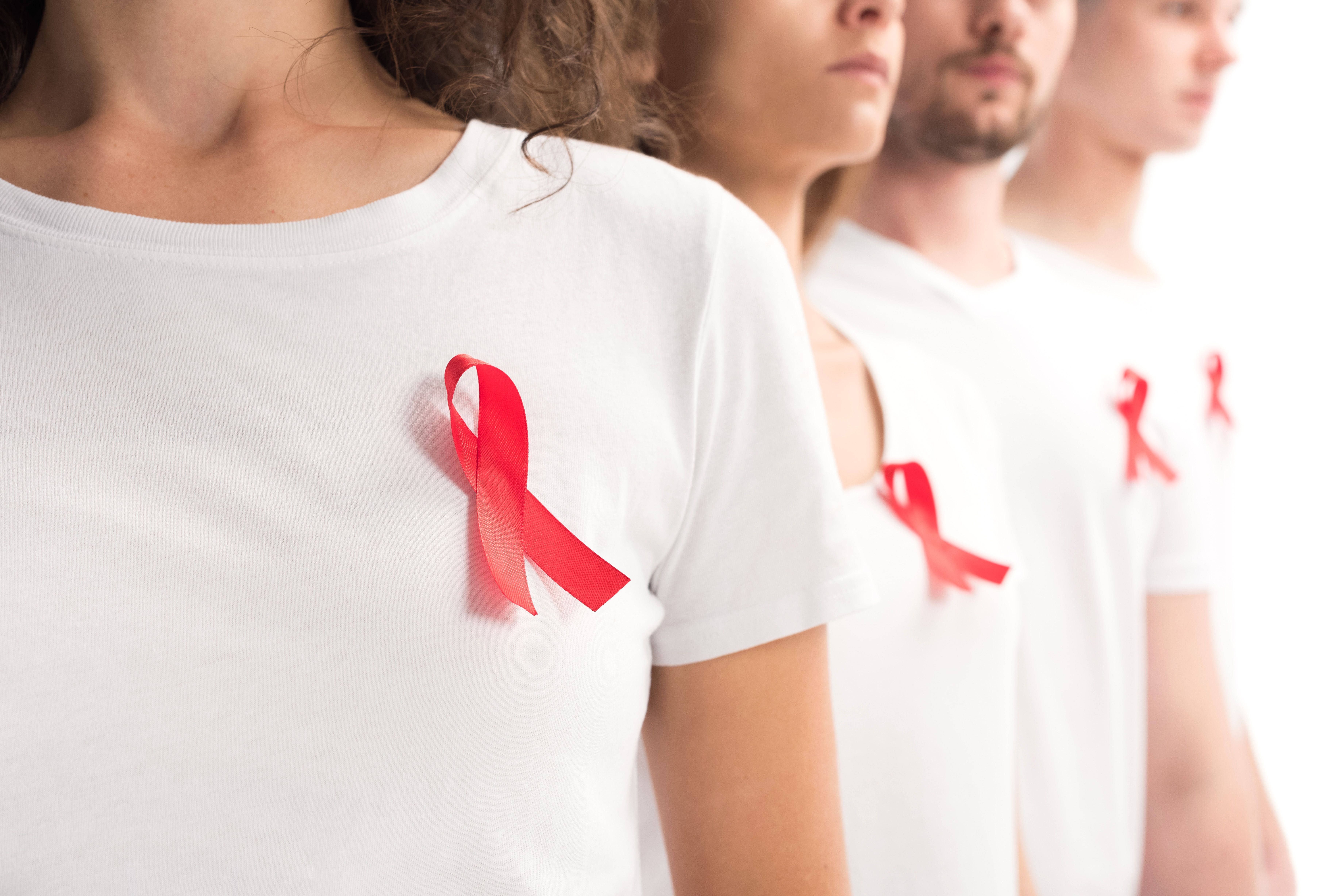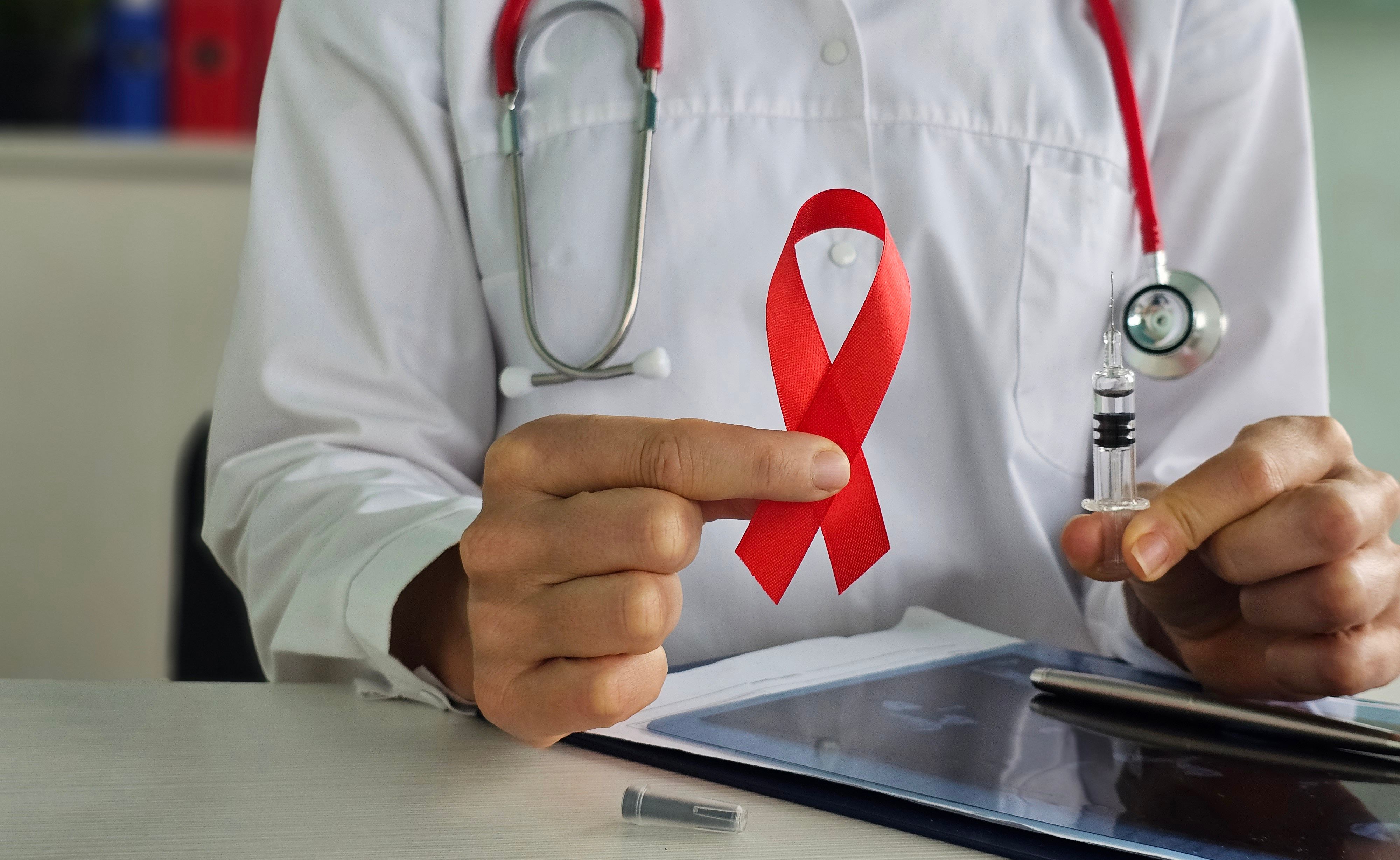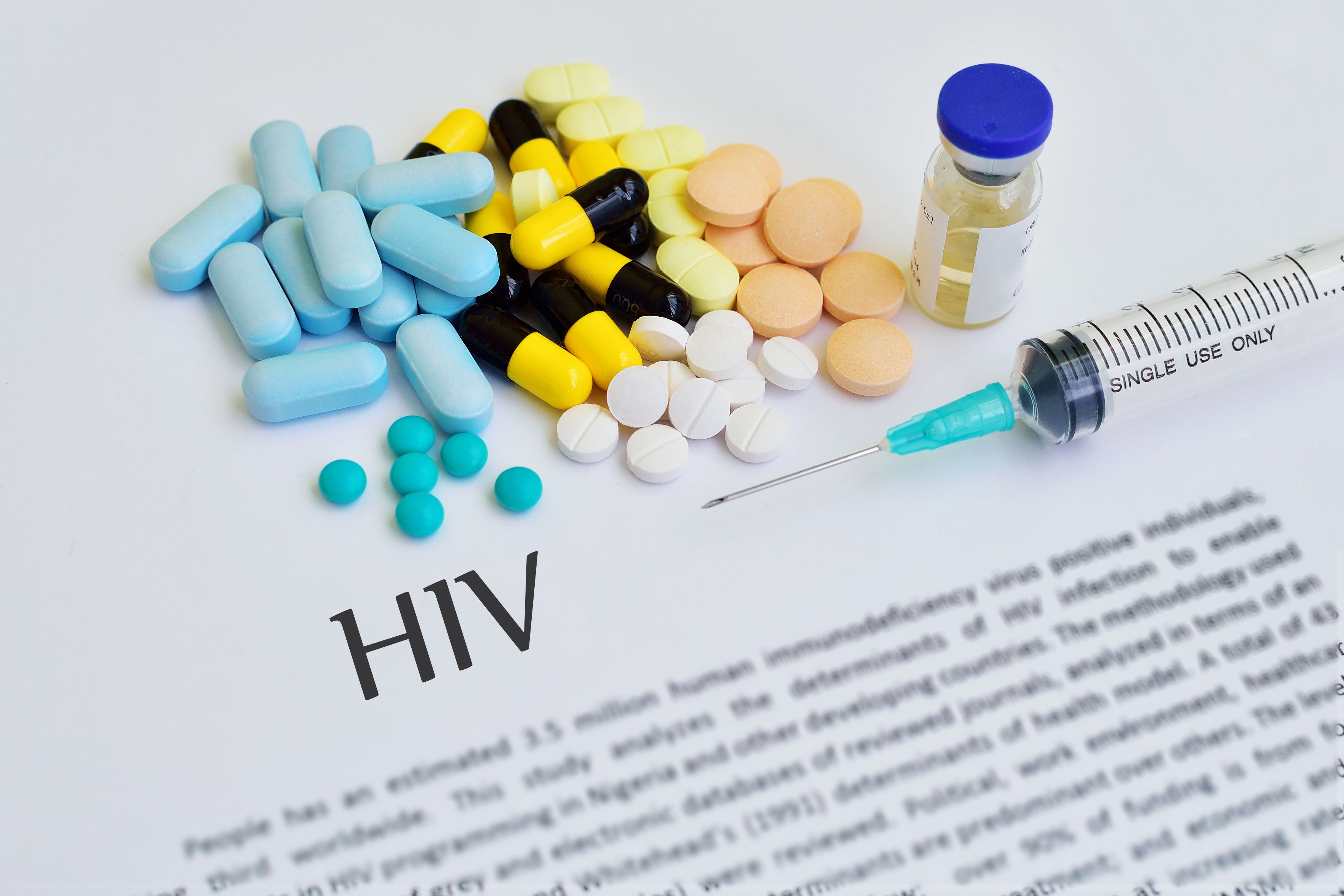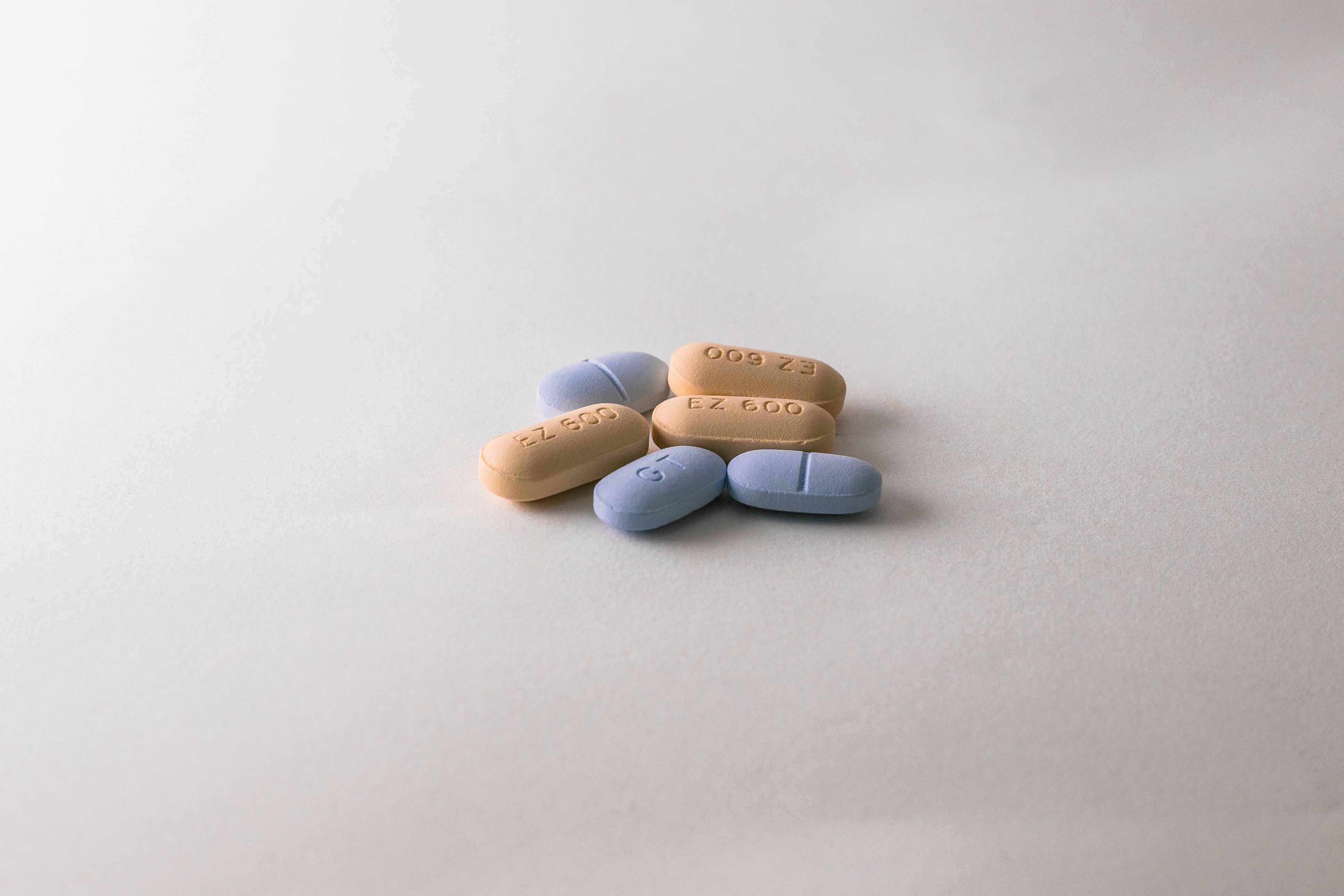Article
PrEP Use Has Changed Following Implementation of Social Distancing Measures
Author(s):
A pair of late-breaking abstracts presented during AIDS 2020, this year’s virtual meeting of the International AIDS Society, detailed the effects that the coronavirus disease 2019 pandemic has had on trends in at-risk sexual behaviors and pre-exposure prophylaxis (PrEP) use, both in the United States and in Australia, due to shelter-in-place orders and social distancing.
In the United States, use of pre-exposure prophylaxis (PrEP) continued, but with several bumps, once shelter-in-place orders (SIPOs) were issued because of the coronavirus disease 2019 (COVID-19) pandemic, reported “Impact of COVID-19 Related Shelter-in-Place Orders on PrEP Access, Usage and HIV Risk Behaviors in the United States,”1 an abstract presented at AIDS 2020 by Scott Brawley, MSW, development director, policy and programs, American Academy of HIV Medicine.
To gather data on PrEP access, use, and risk behaviors associated with HIV during a 25-day period in April and May, when SIPOs were at the height of their use, surveys were sent to:
- AAHM network providers (n = 189), comprising physicians, physician assistants, nurse practitioners, and pharmacists, who received the survey link over email
- PrEP users (n = 409), who received their survey link via social media and PrEP advocates
Compared with before the pandemic, when 95.3% of PrEP users took the medication on a daily basis and 4.7% on an event-driven basis, PrEP use stopped completely in an overall 32% after SIPOs were issued. An additional 3.4% altered their schedules by taking PrEP on every other day or stopping and restarting the preventive treatment. Those who stopped taking PrEP did so by choice due to ceasing of risky behaviors (88.6%) or because they lost access (8.3%).
Among PrEP users (n = 11) who lost access, most lost jobs and health insurance (63.6%), could not get a prescription/refill (36.4%), had incomplete routine tests/laboratory monitoring (27.3%), or were under quarantine in a foreign country (9.1%). In contrast, those who continued PrEP (n = 296) had asked for refills (49.1%), had a 90-day supply (12.6%), or were on an automatic-refill plan (2.6%).
Changes in risky behaviors were seen through great drops in number of sexual partners (89.6%), sexual events (90.3%), and app usage for sex partners (88.1%), as well as combining condom and PrEP use (82.2%).
Among prescribers, the results show that even though more than 90% reported some sort of restrictions to their practice, 95% were still able to prescribe PrEP during SIPOs. They did this chiefly through telemedicine (68.4%) and phone consultations (59.7%) for both refills and new prescriptions (54.5%) or refills only (40.7%).
In addition, 1.1% were able to increase the size of their practice during SIPOs, 41.5% reported their practice size did not change, and 54.3% said their practice size dropped. A majority (52.9%) did not report any patients stopping PrEP use during SIPOs, 85.9% did not recommend that their patients stop PrEP, 3.7% suggested a switch to event-based PrEP use, and 3.2% recommended to stop both PrEP and risky behaviors.
All of these results indicate that “PrEP access remains a factor in reducing HIV transmission,” the authors noted.
In “Impact of Social Distancing Due to COVID-19 on Sexual Behavior Among Gay and Bisexual Men in Australia: Implications for Trends in HIV and Other Sexually Transmissible Infections,”2 presented by Mohamed Hammoud, PhD, research fellow, Kirby Institute, Faculty of Medicine, University of New South Wales, Sydney, Australia, results of a patient cohort from the Following Lives Undergoing Change (Flux) study showed that most of the men continued PrEP (58.4%) or ceased casual sex (90.8%).
The men (N = 940), who had a mean (SD) age of 43.9 (13.4) years, were surveyed in April 2020 and reported on their sex-related behaviors from the 6 months before the pandemic to the present. Social distancing was mandated in Australia at the state and federal levels in late March. The main question the survey sought to answer was, “Did the restrictions or the concerns impact their sexual behavior or PrEP use?”
The men’s average number of partners also fell during this time, from a mean 0.089 (0.144) to 0.031 (0.097), or 65.2%. Flux results also show that those who stopped using PrEP due to social distancing did so because they either weren’t having sex (86.0%) or PrEP was too hard to get (17.0%). They were also younger than those who continued using PrEP. Most of those who continued PrEP (80.5%) were having nonrelationship sex.
Just 7.4% of the survey respondents were HIV positive, but 96.0% had been tested for HIV at least once.
“The dramatic decreases in PrEP use and sexual activity observed in these data will likely result in short-term reductions in new HIV and sexually transmissible infections diagnoses in the short term,” the authors concluded, “but they may be transient as COVID-19 physical distancing restrictions are eased, and reinstated.”
The study author suggest making information available about restarting PrEP (eg, dosing options, on-demand PrEP) because lack on how to do so “may lead to short-term increases in HIV transmission.” Targeted harm-reduction interventions are another potential solution for when social distancing measures start to ease.
References
1. Brawley S, Dinger J, Nguyen C, Anderson J. Impact of COVID-19 related shelter-in-place orders on PrEP access, usage and HIV risk behaviors in the United States. Presented at: AIDS 2020; July 6-10; Abstract OADLB0101.
2. Hammoud M, Grulich A, Maher L, et al. Impact of social distancing due to COVID-19 on sexual behavior among gay and bisexual men in Australia: implications for trends in HIV and other sexually transmissible infections. Presented at: AIDS 2020; July 6-10; Abstract OACLB0103.
2 Commerce Drive
Suite 100
Cranbury, NJ 08512
© 2025 MJH Life Sciences® and AJMC®.
All rights reserved.





